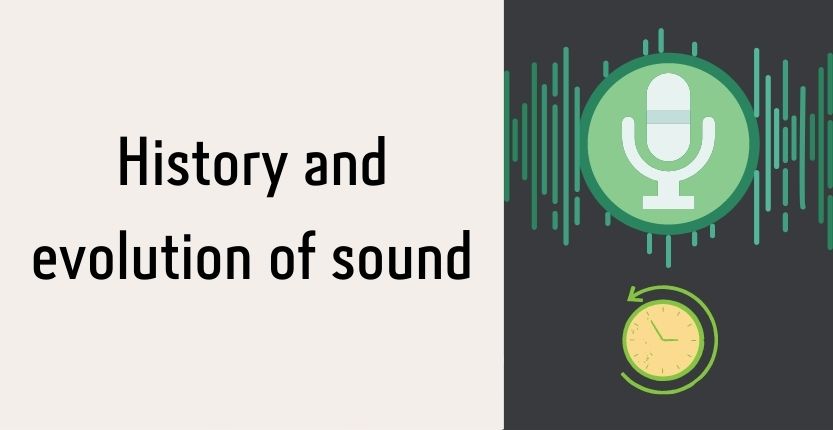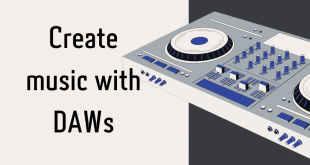Stereo sound technology has become ubiquitous in our lives, enhancing our listening experiences through the use of multiple channels of sound. It is hard to imagine a time when stereo sound was not the norm, but the development of this technology was a gradual process that took place over several decades. In this essay, we will explore the history and development of stereo sound technology, from its origins to the present day.

In the early days of sound recording, music was recorded in a mono format, which means all the sounds were captured and played back from a single channel. However, with the advent of stereo sound, music recordings became more realistic and lifelike, providing listeners with a more immersive and natural audio experience.
The first stereo recordings were made in the 1930s by British engineer and inventor Alan Blumlein. He came up with a method of recording sound using two microphones that were placed at a distance from each other. This method, known as “binaural recording,” enabled the sound to be captured in a way that mimicked the way we hear sounds in real life, with the sound waves hitting each ear at slightly different times and angles.
Blumlein’s binaural recording technique was revolutionary at the time, but it was not widely adopted until much later. In the 1950s, stereo sound technology became more popular with the introduction of the first stereo phonograph records, which were capable of playing back stereo sound using two channels.
Stereo sound technology is a method of recording and reproducing sound that creates the illusion of a multi-dimensional audio experience. Instead of hearing sound from a single source, stereo sound allows you to hear sound from multiple sources at once, creating a more immersive and realistic listening experience.
The development of stereo sound technology began in the early 20th century, with experiments conducted by engineers and inventors such as Alan Blumlein and Harvey Fletcher. However, it wasn’t until the 1950s and 1960s that stereo sound became widely available to consumers.

The development of stereo sound technology continued throughout the 1960s and 1970s, with the introduction of stereo tape recorders and stereo broadcasting. The widespread adoption of stereo sound technology was driven by the growing popularity of rock and roll music, which relied heavily on the stereo sound to create a more dynamic and immersive listening experience.
In the 1970, stereo sound technology began to evolve rapidly, with new innovations and advancements. One of the most significant developments in stereo sound technology was the introduction of quadraphonic sound in the 1970. Quadraphonic sound used four channels instead of two, which enabled the sound to be placed in a three-dimensional space, creating a more immersive and lifelike audio experience.
The next major breakthrough in stereo sound technology came in 1957, with the release of the first stereo vinyl records. These records used two separate channels to produce a more immersive listening experience, and quickly became popular with music lovers. The popularity of stereo vinyl records paved the way for the development of stereo sound technology in other mediums, such as tape recordings and radio broadcasts.
Despite the advancements in quadraphonic sound technology, it failed to gain widespread adoption due to a lack of compatibility with existing audio systems, high production costs, and technical limitations. However, the development of quadraphonic sound laid the foundation for future advancements in surround sound technology.
In the 1980, the introduction of digital audio technology brought about significant changes in the way music was recorded, mixed, and mastered. Digital audio provided a more accurate and precise representation of sound, which enabled engineers and producers to create more complex and nuanced soundscapes.
The introduction of digital audio also paved the way for the development of surround sound technology, which expanded on the concept of quadraphonic.
